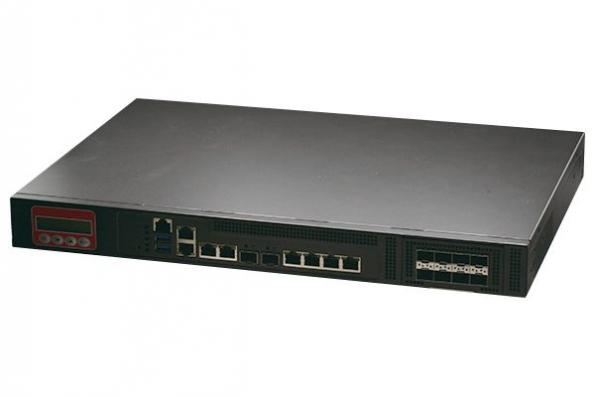SD-WAN is an acronym for software-defined networking (SDN) in a wide area network (WAN). SD-WAN simplifies the management and operation of a WAN by decoupling the networking hardware from its control mechanism. This concept is similar to how software-defined networking implements virtualization technology to improve data center management and operation
WANs allow companies to extend their computer networks over large distances, connecting remote branch offices to data centers and to each other, and delivering applications and services required to perform business functions. Due to the physical constraints imposed by the propagation time over large distances, and the need to integrate multiple service providers to cover global geographies (often crossing nation boundaries), WANs face important operational challenges, including network congestion, packet delay variation, packet loss, and even service outages. Modern applications such as VoIP calling, videoconferencing, streaming media, and virtualized applications and desktops require low latency. Bandwidth requirements are also increasing, especially for applications featuring high-definition video.[5] It can be expensive and difficult to expand WAN capability, with corresponding difficulties related to network management and troubleshooting
- On premise only
The first is on premise only, meaning, the SD-WAN Box (router) is installed at each site, it only connects between sites, there is no connection to the cloud gateway.
- Cloud enabled
Cloud enabled means, SD WAN Box at each site connects to a cloud gateway, for example you have an application in the cloud, then access to the application is through a cloud gateway (virtual) that connects directly to the cloud provider (for example: AWS, GCP, Azure etc.).
- Cloud enabled plus backbone
Plus, the backbone here means that the SD-WAN Box is installed on the connection site to the SD-WAN Box provider which is part of the backbone provider, so the connection is private. For access to applications in the cloud through a backbone provider that connects directly to the cloud provider.
If you interested, you can contact us directly here.
![]()


